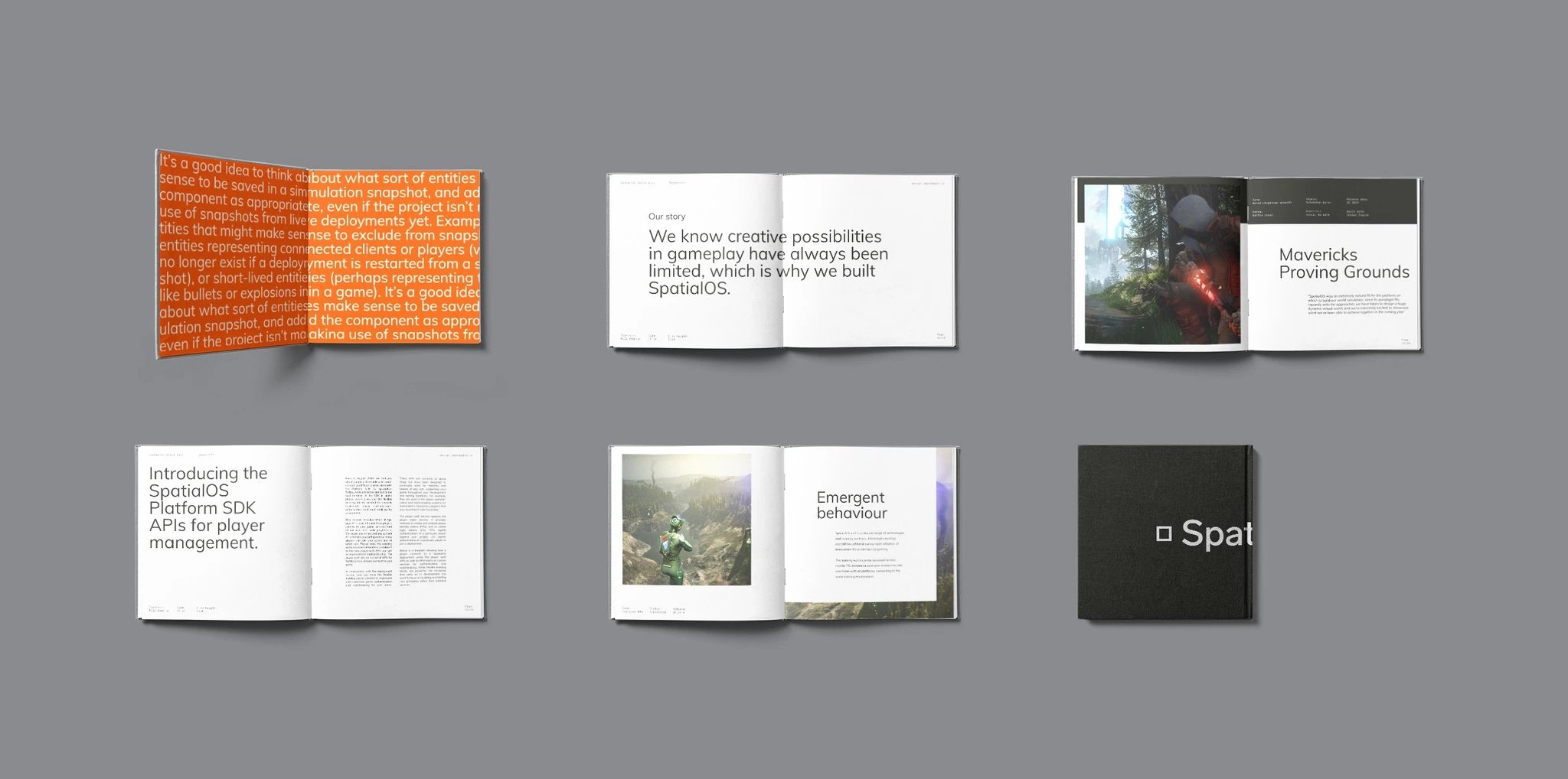It's not impossible — it's improbable.
In 2016 I started as the first designer at ‘the startup that tries to create the Matrix’, called Improbable. You may never have heard of it, yet it got called out as one of the most innovative companies, got listed in the top 10 best startups to work for in the UK and got the biggest investment in a tech startup in Europe ever.
Improbable has grown from 70 to 400 people since I joined, divided over 9 offices worldwide, where I had the opportunity to scale the design team from 1 to 15 designers.
The multiversal self
Improbable’s mission is to make new realities possible. These realities will enrich the human experience, underpin superior decisions, be the foundation for new businesses and create insights into how the universe works.
Designing was one part of the challenge. It also includes building a design culture, scaling the wider design team and getting the marketing proposition right — by understanding our technological challenge. We were entering unknown territory and faced problems that had never been faced before. Finally, my challenge was to bring all these elements together in a strong brand that resonates in the tech world.

Simulating the internet
Challenge #1
Design the tool
Designing a tool that is able to build worlds as complex and profound as our own reality, simulate the entire internet and run city simulations on life scale size, is an epic challenge. We believe that simulations as large and complex as the real world are the next fundamental breakthrough technology.
Challenge #2
Spread the word
What Improbable does exactly is a hard thing to explain. Weirdly, sometimes we can’t even explain it to ourselves, yet we need others to understand in order to grow. I’ve been leading the creation of events and talks to get our message out globally. From designing a TED talk to developing experiences at GDC.
Challenge #3
Build the brand identity
Improbable invented SpatialOS — a tool created by developers for developers. It enables faster, more effective and flexible game development. When designing the brand identity, we aim to keep it authentic, not overly designed and to the point. To appeal to our critical and demanding audience of developers.






Credits
David Hurren, Graham Sykes, LiangLiang Luo, Marco Dela Cruz, Gabriel Silvera, James Pryor, Nicolas Holzapfel.







